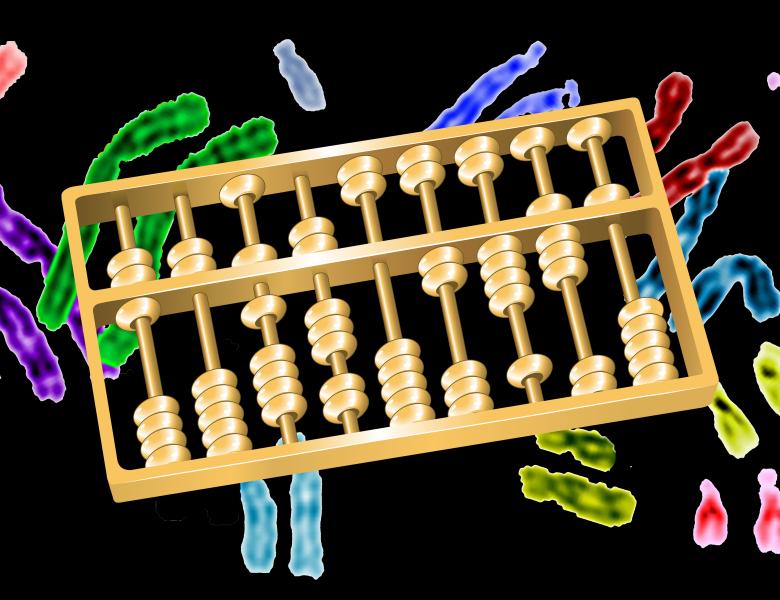
Abstract
Nucleotide variation in gene regulatory elements is a major determinant of phenotypes including morphological diversity between species, human variation and human disease. Despite continual progress in the cataloging of these elements, little is known about the code and grammatical rules that govern their function. Deciphering the code and their grammatical rules will enable high-resolution mapping of regulatory elements, accurate interpretation of nucleotide variation within them and the design of sequences that can deliver molecules for therapeutic purposes. To this end, we are using massively parallel reporter assays (MPRAs) to simultaneously test the activity of thousands of gene regulatory elements in parallel. By designing MPRAs to learn regulatory grammar or to carry out saturation mutagenesis of every possible nucleotide change in disease causing gene regulatory elements, we are increasing our understanding of the phenotypic consequences of gene regulatory mutations. Regulatory elements can also serve as therapeutic targets. To highlight this role, we used CRISPR/Cas9 activation (CRISPRa) of regulatory elements to rescue a haploinsufficient disease (having a 50% dosage reduction due to having only one functional allele) in vivo. By targeting the Sim1 promoter or its 270kb distant hypothalamic enhancer, we were able to rescue the haploinsufficient obesity phenotype in Sim1 heterozygous mice, both using a transgenic and adeno-associated virus approach. Our results highlight how regulatory elements could be used as therapeutic targets to treat numerous altered gene dosage diseases.


